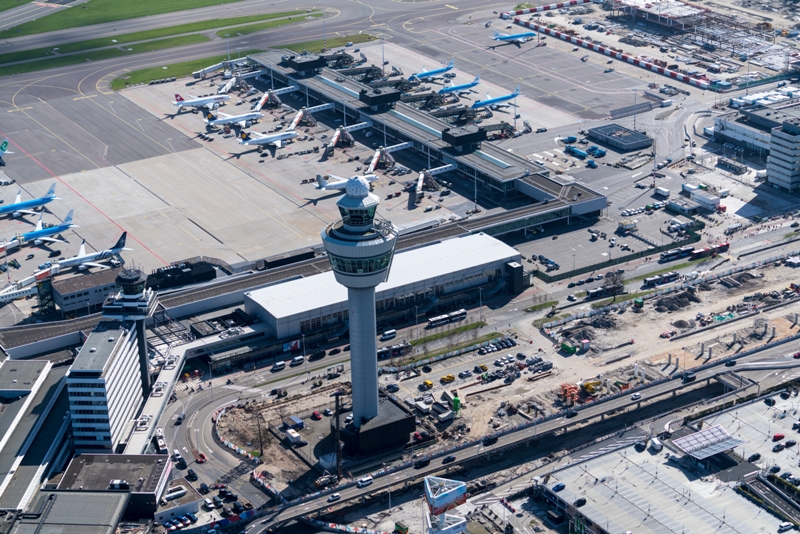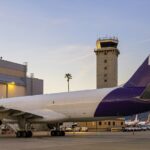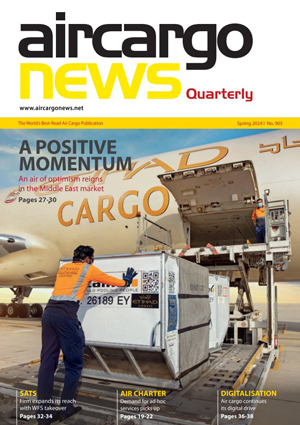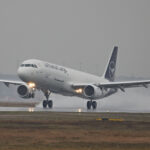Putzger perspective: Cargo hub headaches
03 / 08 / 2022

Image: Shutterstock
Most people loathe aviation hubs. Even at the best of times they seem messy and congested, welcoming travelers with long lines at security checkpoints and immigration stations.
The seemingly endless cascade of flight cancellations and delays in recent weeks has turned them into nightmares for many, some kind of purgatory ruled by chaos.
Cargo has not escaped the mayhem. Lufthansa was forced to shift some of its freighter flights from Frankfurt to Munich because of the problems at its main hub.
It is anyone’s guess how long it will take to bring staffing at airports back to required levels, as similarly paid jobs elsewhere are readily available – without a lengthy wait for security clearances.
In response to the chaos Heathrow Airport imposed a daily limit of 100,000 departing passengers and told airlines to stop selling tickets for summer departures.
This is a short-term measure, but hubs also face caps in the long run.
The Dutch government set a ceiling for flights at Amsterdam Schiphol to 440,000 flights, 12% below pre-pandemic levels, for environmental reasons.
This will come into effect in 2023. You don’t have to be a notorious pessimist to wonder what this means for the future of freighters at the Dutch gateway.
According to one aviation expert, the large hubs are reaching their capacity limits, including their social acceptance, or have already exceeded them.
Capacity constraints are not the only concern for hub airports. There are indications that the traditional hub-and-spoke model is in retreat for structural reasons too.
European hubs were already losing market share as transfer points for traffic from Europe to Africa and Asia before the pandemic, chiefly due to the rise of direct longhaul flights from second-tier airports.
This trend is expected to continue with the proliferation of newer aircraft with longer-range capabilities.
The A321XLR, the latest entrant in this field, can fly up to 8,700 km with a 30% lower fuel burn than older generation planes.
Compared to the widebodies that this aircraft or the B737MAX are replacing, cargo capacity is severely reduced, forcing forwarders to look for alternative routes.
This converges with the trend among larger agents to sign up for dedicated freighter lift to secure capacity.
As alternative gateways assume a larger role in their flows, forwarders have to reconsider their consolidation strategy.
For obvious reasons, this has been predicated on the hubs.














